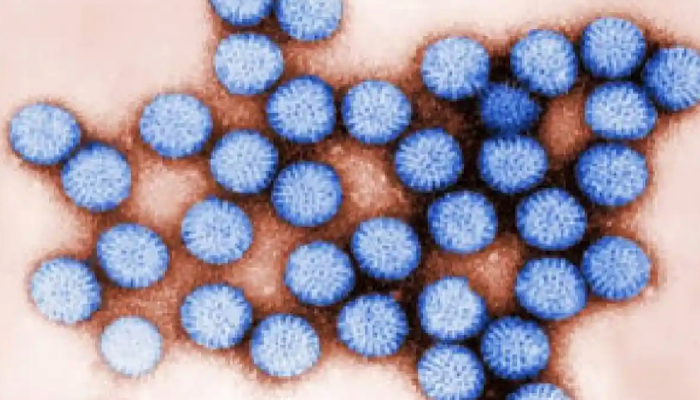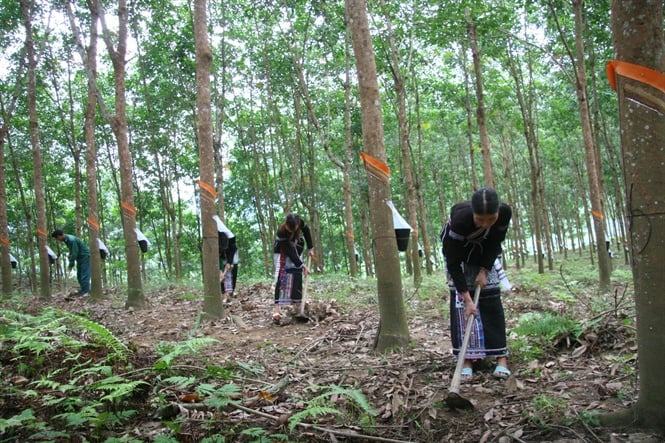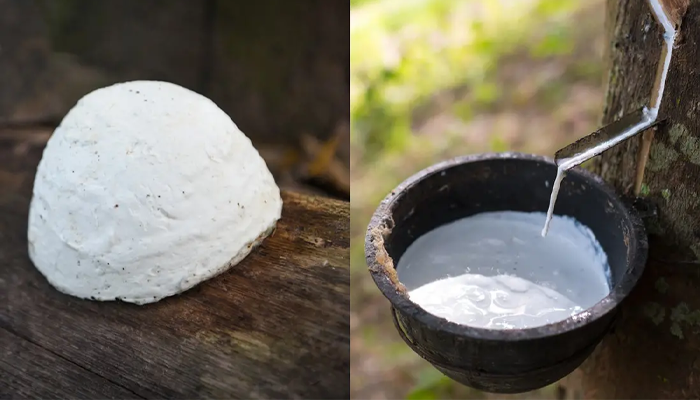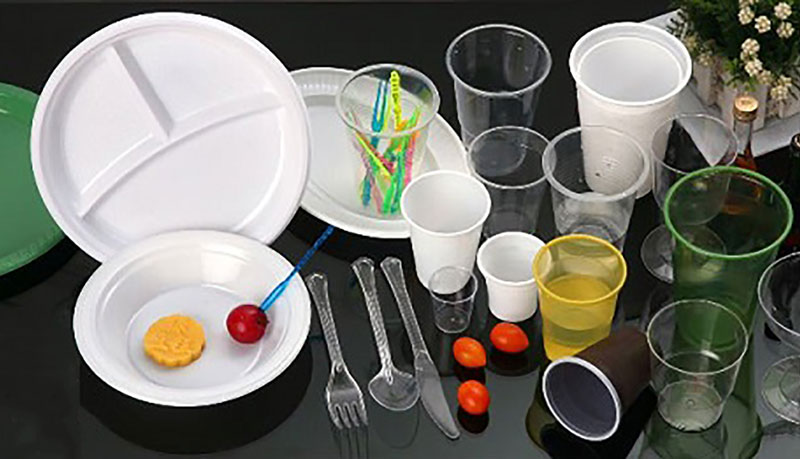VIRUSES SURVIVE IN FRESHWATER BY ‘HITCHHIKING’ ON PLASTIC
Enteric viruses that cause diarrhea and stomach upsets, such as rotavirus, were found to survive in water by attaching to microplastics, tiny particles less than 5mm long. They remain infectious, University of Stirling researchers found, posing a potential health risk.
Prof Richard Quilliam, the lead researcher on the project at Stirling University, said: “We found that viruses can attach to microplastics and that allows them to survive in the water for three days, possibly longer.”
While previous research had been carried out in sterile settings, this is the first research into how viruses behave in the environment, Quilliam said. However, he used standard laboratory methods to determine whether viruses found on microplastics in water were infectious.
“We weren’t sure how well viruses could survive by ‘hitchhiking’ on plastic in the environment, but they do survive and they do remain infectious,” he said.
The findings, part of a £1.85m project funded by the Natural Environment Research Council looking at how plastics to transport bacteria and viruses, concluded that microplastics enabled pathogen transfer in the environment. The paper is published in the journal Environmental Pollution.

“Being infectious in the environment for three days, that’s long enough to get from the wastewater treatment works to the public beach,” Quilliam said.
Wastewater treatment plants were unable to capture microplastics, he said. “Even if a wastewater treatment plant is doing everything it can to clean sewage waste, the water discharged still has microplastics in it, which are then transported down the river, into the estuary and wind up on the beach.”
These plastic particles are so tiny that they could be swallowed by swimmers. “Sometimes they wash up on the beach as lentil-sized, brightly colored pellets called nurdles that children might pick up and put in their mouths.
While the impact of microplastics on human health remains uncertain, “if those bits of microplastics are colonized by human pathogens, then that could well be a significant health risk,” said Quilliam.
The researchers tested two types of viruses – those with an envelope around them, “a kind of lipid coat”, such as the flu virus, and those without – enteric viruses such as rotavirus and norovirus. They found that in those with a coating, the envelope quickly dissolved and the virus died, whereas those without an envelope successfully bound to the microplastics and survived.
“Viruses can also bind to natural surfaces in the environment,” said Quilliam, “but plastic pollution lasts a lot longer than those materials.” The researchers tested the viruses for three days, but aim to study how long they might remain infectious in future research.
Source: The Guardian
>>>Click HERE to update our latest news<<<
Contact
MEGA VIETNAM
Office address: Floor 2-A2-IA20, Nam Thang Long Urban Area, Pham Van Dong Street,
Dong Ngac Ward, Bac Tu Liem District, Hanoi City, Vietnam
Email: contact@megavietnam.vn
Tel: (+84) 24 375 89089; Fax: (+84) 24 375 89 098
Website: megavietnamgroup.com
Hotline: 1800.577.728; Zalo: 0971.023.523
















